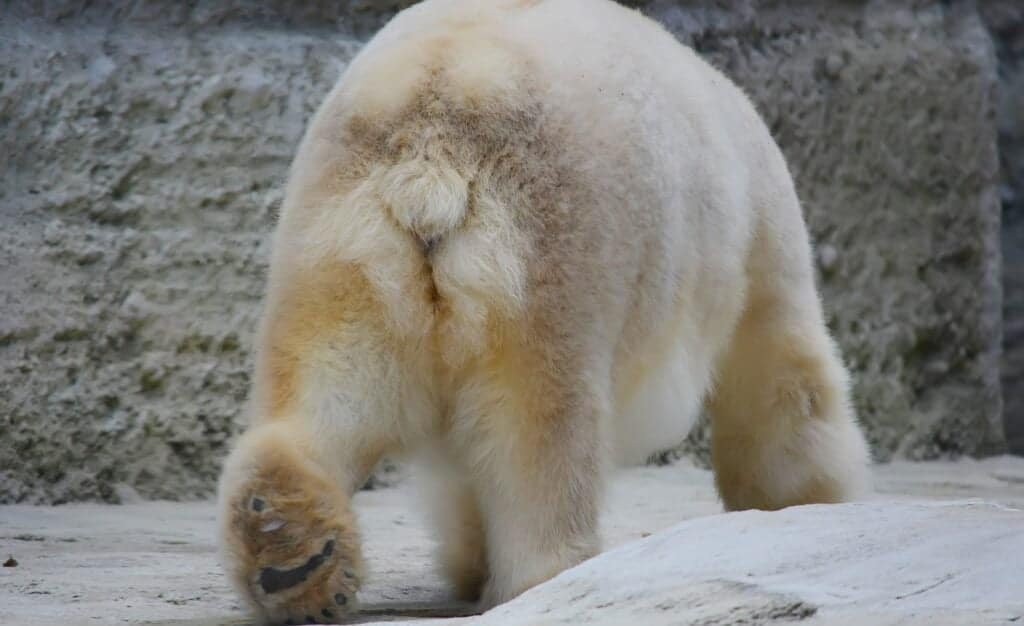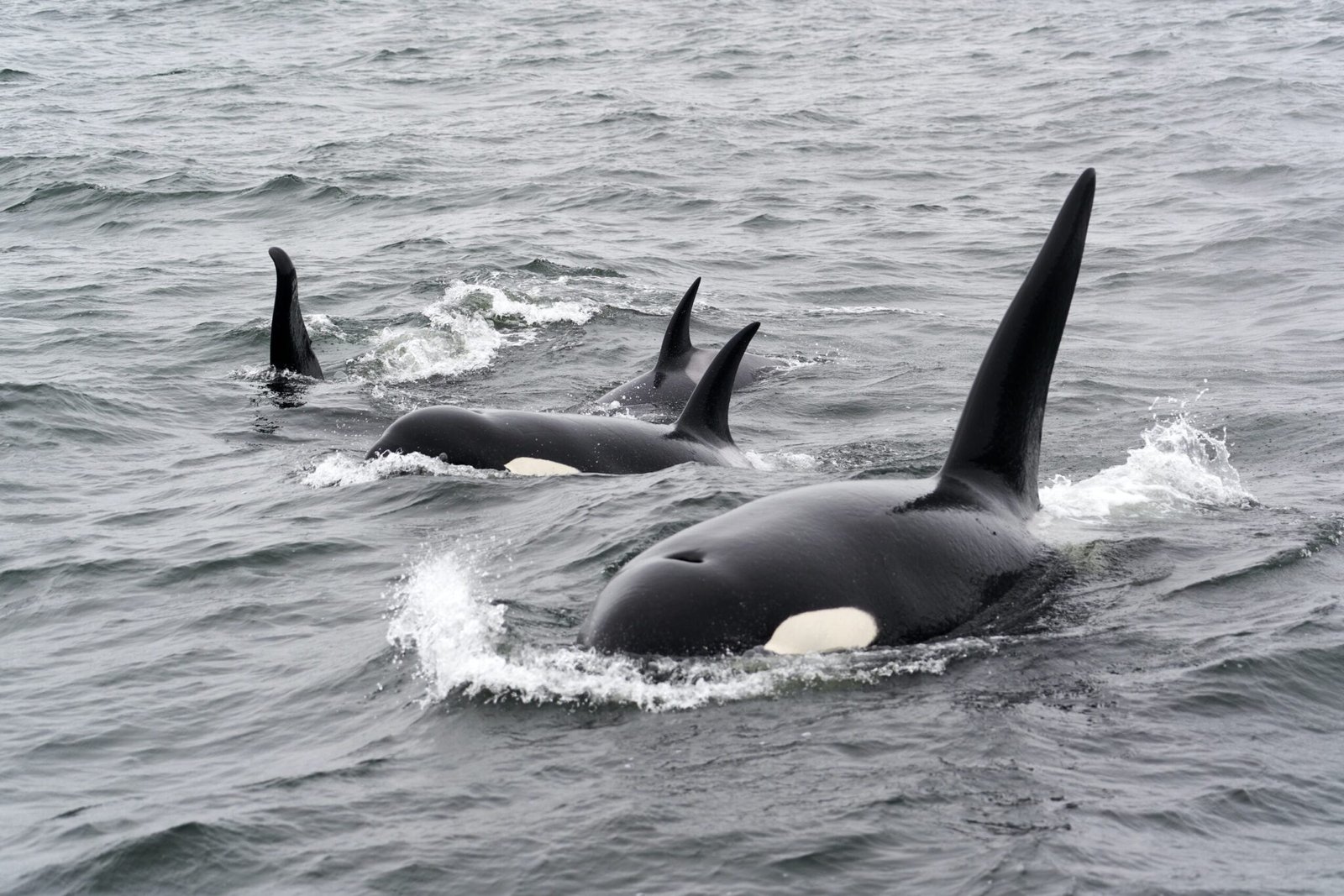Table of Contents
Unraveling the Mysteries of the Bear’s Vestigial Tail
Bears, magnificent creatures that roam diverse landscapes, from the icy Arctic tundra to dense temperate forests, have captivated human interest for millennia. Their imposing presence and complex behaviors have been subjects of study, leading to an intriguing question that often escapes the casual observer’s eye: Do bears have tails?

The Vestigial Tail: A Glimpse into Ursine Heritage
Indeed, bears possess tails, but they are not the prominent appendages one might expect from such large mammals. These are known as vestigial tails, a term signifying a remnant of a once larger or more pronounced feature through the process of evolution. These stubby protrusions are often overshadowed by the bear’s substantial fur and body size, rendering them a curiosity rather than a noticeable trait.
Evolutionary Purpose: A Vestige of the Past
The ancestral lineage of bears suggests a time when their tails may have been more pronounced, serving functions that have since become redundant. Over countless generations, the bear’s tail has regressed to its current vestige state, presenting as a small, often unnoticed, part of their anatomy.

The Bear Family: A Diversity of Tails
Across the family of bears, the length and visibility of the vestigial tail vary:
- Grizzly Bears (Ursus arctos horribilis): Cloaked in dense, coarse fur, the grizzly’s tail is a subtle feature, ranging from 2.5 to 8 inches. It blends seamlessly into the backdrop of their brown fur.
- Polar Bears (Ursus maritimus): Their tail, while similarly vestigial, is enveloped in a layer of blubber and fur, an adaptation to their frigid habitat. The tail’s discreet size contributes to the conservation of body heat.
- Panda Bears (Ailuropoda melanoleuca): Pandas have a distinctive use for their tail, covering scent glands used for communication. This is a prime example of how a vestigial trait can retain functional significance.
- Black Bears (Ursus americanus): With a modest tail lost in their dark pelage, black bears exhibit no apparent utilization of this appendage in their arboreal and terrestrial activities.
- Koala ‘Bears’ (Phascolarctos cinereus): Though not true bears but marsupials, koalas possess a skeletal vestigial tail, invisible externally but present in their osseous structure.
The Role of the Vestigial Tail in Modern Bears
In present-day bears, the vestigial tail does not serve a significant role in balance or mobility. These animals have adapted other remarkable physical and behavioral traits to navigate their environments effectively.
The Vestigial Tail and Bear Adaptations: An Evolutionary View
The bear’s vestigial tail stands as a testament to their adaptability and evolution. It is a small but powerful reminder of their journey through the epochs, adapting to the changing world.
Conclusion: Celebrating Bear Biodiversity and Adaptation
The bear’s vestigial tail is a fascinating aspect of their biology, illustrating the dynamic nature of evolution. While seemingly minor, it provides insight into the history of these majestic animals and their journey through the annals of natural history. As we continue to study and appreciate bears, the vestigial tail remains a symbol of their enduring legacy and evolutionary resilience.




